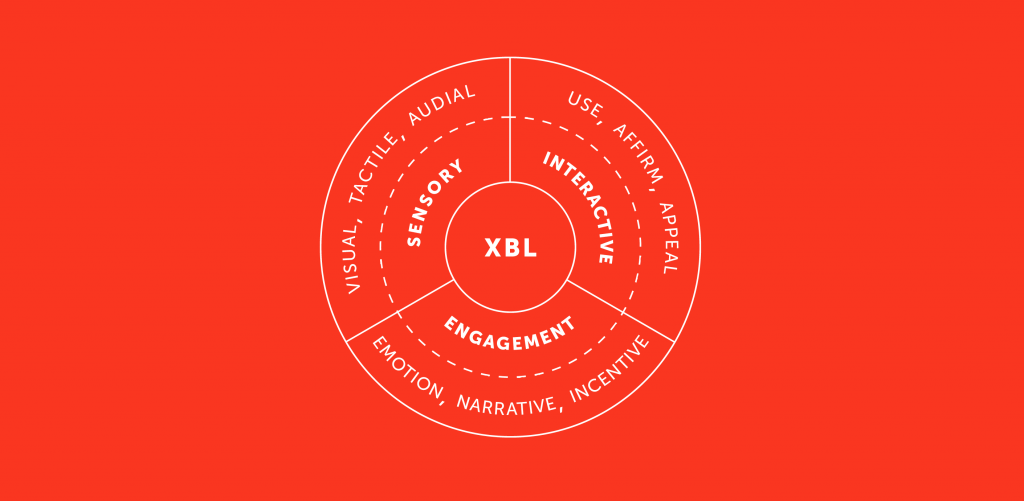One of the most useful and insightful quotes is attributed to Maya Angelou. She famously said, “They may forget what you said, but they will never forget how you made them feel.” This statement even holds true when it comes to marketing! Semantics aren’t just important when it comes to everyday conversation, but especially matter when it comes to branding and setting a tone of voice for a brand. A message should be picked apart to the very bones and the context should be carefully interpreted to see how consumers are likely to react.
According to a blog post by Sean Ketchem, “What makes a successful brand is the combination of the visual and verbal: a visual presentation  that captures the spirit of what the brand is about, combined with the right messages, crafted in the right tone. Without key messages, a piece of brand communication is a beautiful box with nothing inside.” Companies best connect to their customers through verbal branding, which is made up of a combination of positioning, messaging, corporate language, and brand voice. Once a company has effectively positioned themselves, they can engage in brand messaging to separate their positioning into various ideas. Once a successful message has been established, companies will often find themselves in a better position in the marketplace, attracting valuable customers.
that captures the spirit of what the brand is about, combined with the right messages, crafted in the right tone. Without key messages, a piece of brand communication is a beautiful box with nothing inside.” Companies best connect to their customers through verbal branding, which is made up of a combination of positioning, messaging, corporate language, and brand voice. Once a company has effectively positioned themselves, they can engage in brand messaging to separate their positioning into various ideas. Once a successful message has been established, companies will often find themselves in a better position in the marketplace, attracting valuable customers.
Enter brand language. Brand language consists of words and images that a brand uses to define its purpose, brand tone, or reference its products. Brand language really stands for how a company presents their brand. It is a practice that takes trial and error and is often developed over time. An article on Learn G2 uses the BMW brand as an example of successful  usage of brand language, stating that “BMW visual brand language is one of the most recognizable in the automotive world. Regardless of social status, professional training, or whether one is a fan of the brand or not, people recognize BMW cars not only by the logos, but by specific design elements that made history. A small glimpse of one of the brand’s cars is often all it takes for someone to recognize one of its creations, and it has much to do with its visual brand language.” BMW clearly has established a unique brand language over the years, using various components of brand language that have helped build up the iconic brand.
usage of brand language, stating that “BMW visual brand language is one of the most recognizable in the automotive world. Regardless of social status, professional training, or whether one is a fan of the brand or not, people recognize BMW cars not only by the logos, but by specific design elements that made history. A small glimpse of one of the brand’s cars is often all it takes for someone to recognize one of its creations, and it has much to do with its visual brand language.” BMW clearly has established a unique brand language over the years, using various components of brand language that have helped build up the iconic brand.
The most important factor in effectively using brand language is not only weaving a strong and unique voice but making sure that it’s heard loud and clear. As marketers, it’s important that the message that’s being sent out into the world is carefully crafted to represent the brand in question. Brand language plays a crucial role in how an audience perceives a brand. In fact, one main reason to use memorable brand language is to create a brand personality well suited to the products that consumers can relate to.
The brand language used should not only make a message for convincing to those receiving it, but should assist in building a trustworthy brand personality, and a solid customer-brand relationship as well.